Let's be honest, finding a truly great meatball recipe can feel like searching for a unicorn in a pasta factory. Too often, they turn out dry, dense, or just... underwhelming. You want that tender, flavorful bite that reminds you of Sunday dinners, the kind that makes everyone ask for seconds before they've finished their first. Forget those sad, pre-made pucks or recipes that promise the world and deliver mediocrity. This article is your guide to mastering the kitchen italian meatball recipe – the real deal, the kind nonna would approve of.
Why Your Kitchen Needs The Kitchen Italian Meatball Recipe
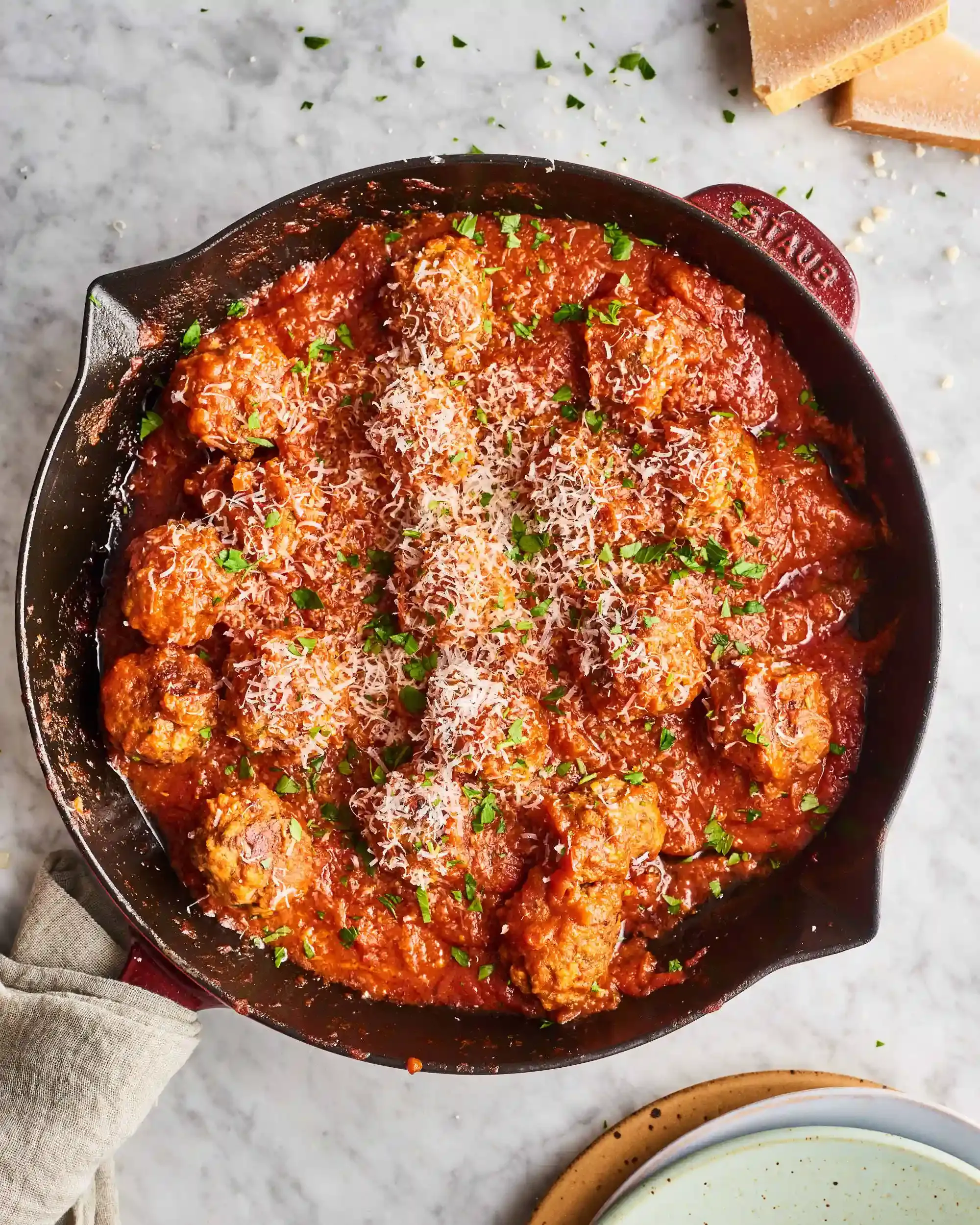
Why Your Kitchen Needs The Kitchen Italian Meatball Recipe
Beyond Just Dinner: Comfort and Connection
Look, there's something inherently special about a good meatball. It's more than just ground meat rolled up and cooked. It's comfort food personified. It’s the smell that fills the house, pulling everyone towards the kitchen before you even call them. Making Why Your Kitchen Needs The Kitchen Italian Meatball Recipe isn't just about following steps; it's about creating moments. Think about it – a big pot of simmering sauce with those perfect, tender meatballs bubbling away. That's a scene that sticks with you. It's the kind of meal that encourages lingering at the table, sharing stories, and feeling truly nourished. It’s a culinary hug.
Practical Magic: Versatility and Flavor
And let's talk practicality. Having a solid handle on Why Your Kitchen Needs The Kitchen Italian Meatball Recipe opens up a world of possibilities. These aren't one-trick ponies. Sure, they're legendary with spaghetti, but they pivot beautifully. Subs, sliders, even just piled high on a plate with some crusty bread – they work. Plus, they freeze like a dream. Make a big batch on a lazy Sunday, and you've got quick, delicious meals ready to go on hectic weeknights. It’s about bringing restaurant-quality flavor into your home without the fuss, making you feel like a kitchen hero with minimal effort.
- Guaranteed crowd-pleaser
- Incredibly versatile for different meals
- Excellent for meal prep and freezing
- Elevates simple pasta dishes
- Creates a warm, inviting kitchen aroma
Gathering Ingredients for The Kitchen Italian Meatball Recipe
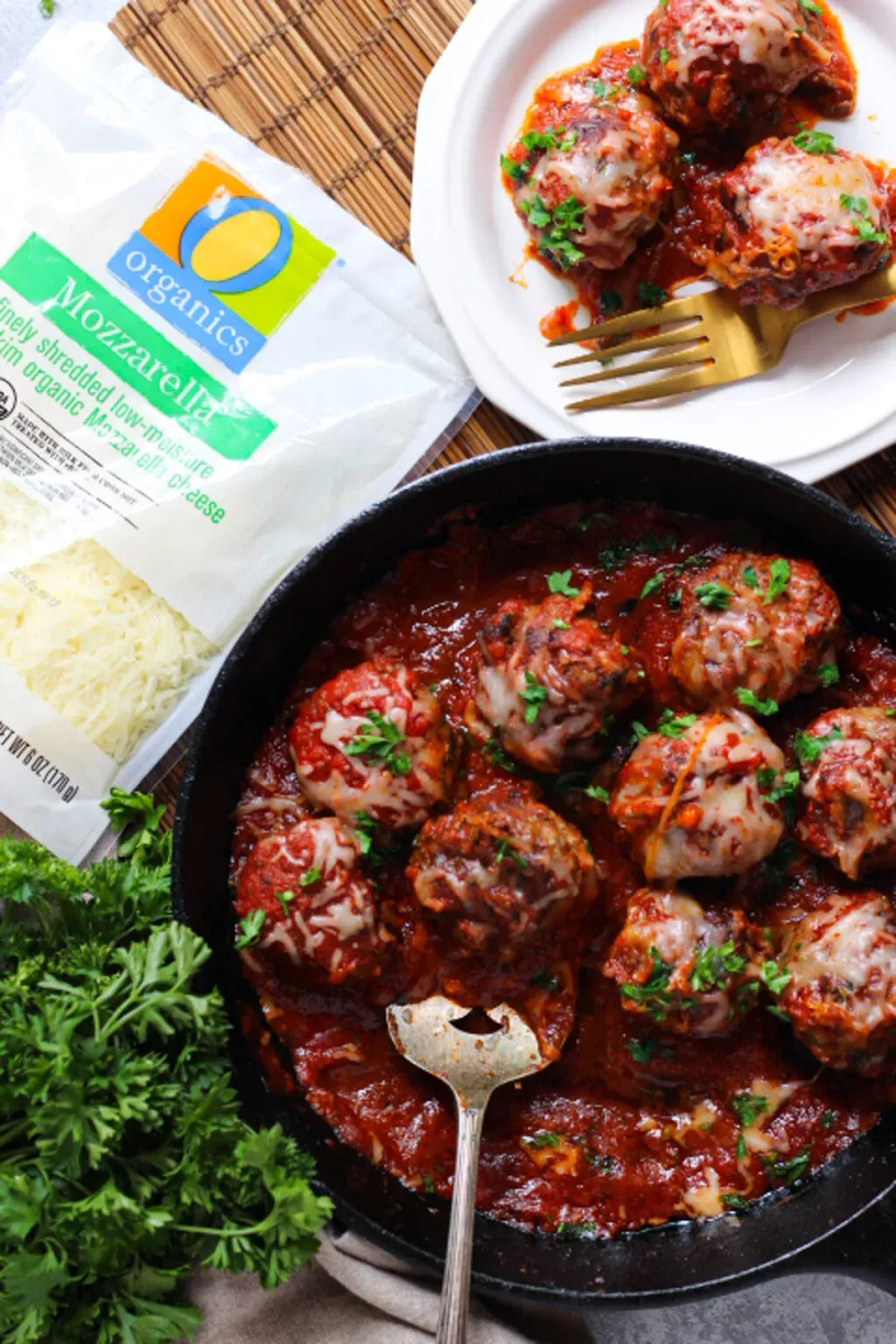
Gathering Ingredients for The Kitchen Italian Meatball Recipe
Choosing Your Meat: The Foundation
Alright, let's get down to brass tacks. The soul of the kitchen italian meatball recipe starts with the meat. Forget those recipes calling for lean-as-a-board ground turkey unless you *enjoy* dry, sad meatballs. You need fat for flavor and moisture. A good 80/20 ground beef is your best friend here. Some folks swear by a mix – half beef, half pork, maybe even a bit of veal if you're feeling fancy. Pork adds tenderness and a different kind of richness. Beef gives that classic, robust flavor. A blend often gives you the best of both worlds, providing depth that straight beef sometimes lacks. Whatever you choose, make sure it's fresh and hasn't been sitting around looking gray.
The Binder's Role: Texture and Flavor
Next up, the binder. This is where many recipes go sideways, resulting in cannonballs instead of tender spheres. The classic Italian way involves soaking stale or day-old bread in milk. White bread works best; think Italian or French bread, crusts removed. This soggy bread, called *panade*, is magic. It keeps the meatballs incredibly moist and tender. Don't just dump in dry breadcrumbs and hope for the best; that's a shortcut that sacrifices texture. You'll also need eggs – they help hold everything together – and freshly grated Parmesan cheese. Please, for the love of all that is holy, grate your own Parmesan. The pre-shredded stuff has anti-caking agents that mess with the texture and the flavor isn't nearly as vibrant.
- Avoid dry breadcrumbs (unless specifically instructed for a dense meatball).
- Always soak bread in milk for tenderness.
- Use day-old or stale bread, not fresh, squishy stuff.
- Grate Parmesan fresh; skip the pre-shredded.
- Don't skip the egg; it's crucial for binding.
Aromatics and Seasoning: The Flavor Boosters
Now for the flavor fireworks. Garlic is non-negotiable. Finely minced is key; you don't want big chunks. Onion is also a common addition, adding sweetness and depth when finely grated or minced. Some recipes call for sautéing the onion first, which mellows its bite, but adding it raw works too if you mince it super fine. Fresh parsley is traditional, bringing a touch of brightness. Salt and pepper are obvious, but don't be shy. Meat needs seasoning! A pinch of red pepper flakes can add a subtle warmth, and a whisper of nutmeg is a secret weapon for many Italian cooks, enhancing the meat's flavor without being noticeable on its own. These simple additions are what elevate your meatballs from good to unforgettable.
Shaping and Searing: The Kitchen Italian Meatball Recipe Method
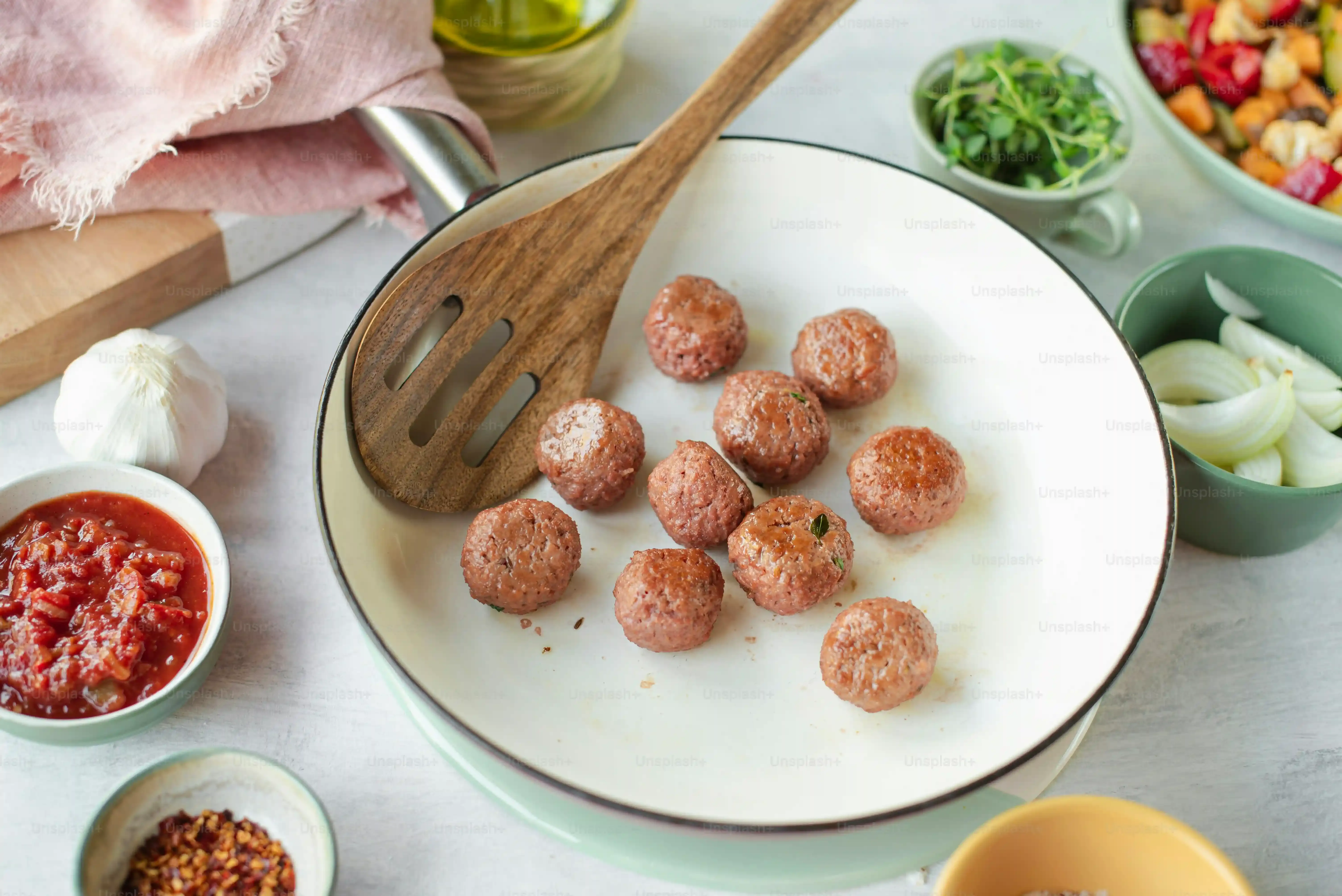
Shaping and Searing: The Kitchen Italian Meatball Recipe Method
Getting Your Hands Dirty: Shaping the Meatballs
Alright, you've got your perfectly mixed meatball mixture sitting there, smelling pretty good already. Now comes the fun part, or the slightly messy part depending on your perspective: shaping. The key here is a light touch. Don't pack these things like you're making baseballs. Overworking the meat is a surefire way to end up with tough meatballs. Gently roll the mixture between your palms to form balls. How big? Traditional Italian meatballs are often quite small, maybe an inch or an inch and a half in diameter. This size cooks more evenly and fits nicely on a fork with pasta. If you like bigger ones, that's fine, just know they'll take a bit longer to cook through. Aim for consistency in size so they cook at the same rate. A small scoop can help with this. Place the formed meatballs on a plate or baking sheet as you go.
The Sizzle Factor: Searing for Flavor
Now for the searing. This step is non-negotiable if you want maximum flavor. Searing the meatballs in a hot pan before adding them to the sauce develops a beautiful brown crust, which adds depth and richness. Heat a generous amount of olive oil (or a mix of olive oil and a neutral oil) in a large skillet over medium-high heat. You want it hot enough to sizzle immediately when a meatball goes in, but not so hot that it smokes like a chimney. Carefully add the meatballs, making sure not to overcrowd the pan. Cook them in batches if necessary; overcrowding lowers the pan temperature and you'll steam them instead of searing. Turn them gently with tongs to brown all sides. You're not cooking them through here, just getting that lovely color and crust. This takes maybe 5-7 minutes per batch. Once browned, transfer them to a plate while you sear the rest. This simple step elevates the kitchen italian meatball recipe from good to truly great.
Task | Key Tip | Why It Matters |
|---|---|---|
Shaping | Use a light touch; don't overpack. | Ensures tender meatballs. |
Size | Aim for consistent size (1-1.5 inches is classic). | Guarantees even cooking. |
Searing | Brown all sides in hot oil. | Adds crucial flavor and texture. |
Batch Cooking | Don't overcrowd the pan. | Prevents steaming; ensures proper searing. |
Simmering Perfection: Finishing The Kitchen Italian Meatball Recipe
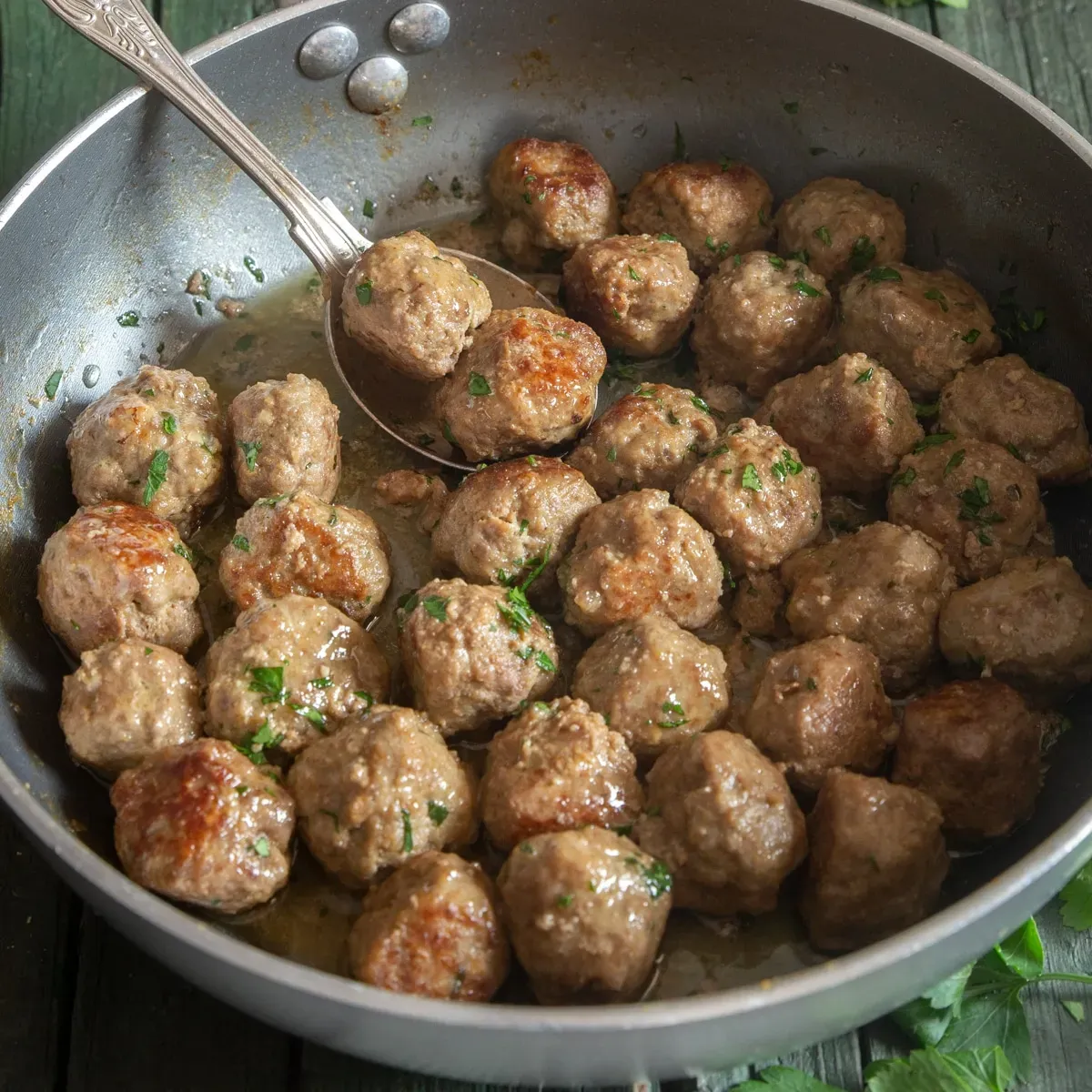
Simmering Perfection: Finishing The Kitchen Italian Meatball Recipe
Into the Sauce They Go
you've got those beautifully seared meatballs sitting there, looking all golden and promising. Don't just dump them into cold sauce. Your tomato sauce should be simmering gently on the stove. Think of it as a warm bath for your meatballs, not a shock treatment. Carefully nestle the browned meatballs into the sauce. Make sure they're mostly submerged. This is where the magic really happens for the kitchen italian meatball recipe. As they simmer, they'll absorb the flavors of the sauce, and the sauce, in turn, will gain richness from the meatballs. It's a beautiful, symbiotic relationship happening right there in your pot.
Low and Slow Simmering
Once the meatballs are cozy in the sauce, turn the heat down to a low simmer. You want just the occasional bubble breaking the surface, not a rolling boil that will bash them around and potentially break them apart. Cover the pot partially, leaving a small gap for steam to escape. This allows the flavors to meld and the meatballs to cook through gently, staying tender. How long? Minimum 30 minutes, but an hour is better if you have the time. Some purists go for two or three hours. The longer they simmer, the more flavor they soak up, and the more tender they become. Just keep an eye on the sauce level; if it gets too thick, add a splash of water or broth.
Step | Action | Why |
|---|---|---|
Add Meatballs | Gently place browned meatballs into simmering sauce. | Allows even cooking and flavor absorption. |
Simmer Heat | Reduce heat to low, just gentle bubbling. | Prevents meatballs from breaking; ensures tenderness. |
Simmer Time | Minimum 30 minutes, ideally 1-2 hours. | Develops flavor and cooks through gently. |
Cover Pot | Cover partially. | Allows steam release while retaining moisture. |
Checking for Doneness and Resting
After simmering, how do you know they're done? Poke one gently with a fork. It should feel tender, with no resistance. If you're really unsure, you can cut one open – the inside should be uniformly cooked with no pink spots. Another sign is that they'll be slightly plumped up from absorbing the sauce. Resist the urge to serve them immediately. Like any cooked meat, they benefit from a few minutes of rest in the sauce off the heat. This allows the juices to redistribute, keeping them moist. Serving Simmering Perfection: Finishing The Kitchen Italian Meatball Recipe right out of the pot is fine, but letting them sit for 5-10 minutes makes a noticeable difference in texture. You've put in the work; don't rush the final, crucial moments.
Serving and Storing Your Kitchen Italian Meatballs
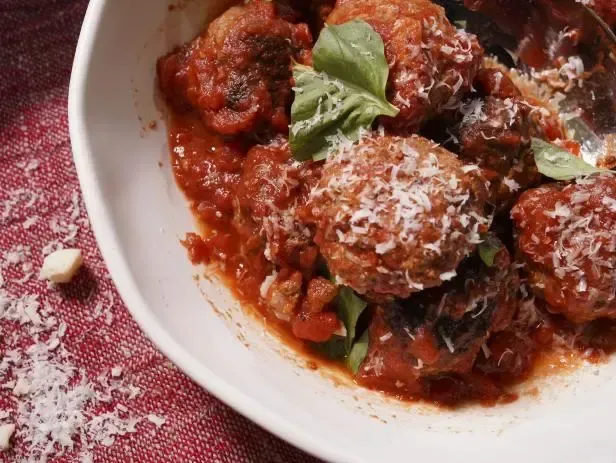
Serving and Storing Your Kitchen Italian Meatballs
The Grand Finale: Serving Them Up
Alright, the simmering is done, the aroma is driving everyone wild, and your magnificent meatballs are ready for their moment in the spotlight. How you serve them is up to you, but let's be real, classic is classic for a reason. Piled high on a bed of perfectly cooked spaghetti, rigatoni, or heck, even simple penne, drowned in that rich sauce you just made – that's the standard, and it’s glorious. Don't skimp on the sauce; these meatballs deserve to swim. A generous dusting of that fresh Parmesan you grated earlier is non-negotiable. Crusty bread on the side for soaking up every last drop of sauce? Absolutely essential. Or maybe serve them as a *secondo piatto* with a simple salad or some roasted vegetables, letting the meatballs be the undeniable star.
Planning Ahead: Storage Solutions
Now, if you managed to make a batch large enough to have leftovers (a rare feat, I know), or if you were smart and doubled the recipe for future you, storing them properly is key. Let the meatballs and sauce cool completely before transferring them to an airtight container. Shoving hot food into the fridge is a rookie mistake that can breed bacteria and heat up everything else. They'll keep beautifully in the refrigerator for 3-4 days. For longer storage, the freezer is your friend. You can freeze them right in the sauce. Use freezer-safe containers or heavy-duty freezer bags, making sure to press out as much air as possible to prevent freezer burn. Label them clearly with the date; you think you'll remember, but you won't.
- Refrigerate cooled meatballs and sauce for 3-4 days.
- Freeze cooled meatballs in sauce in airtight containers for up to 3 months.
- Thaw frozen meatballs overnight in the refrigerator.
- Reheat gently on the stovetop, ensuring they are heated through.
Reheating Without Ruin
When you're ready to enjoy those stored meatballs, reheat them gently. The best way is on the stovetop in a pot, simmering them slowly in their sauce until heated through. Microwaving is faster, sure, but it can sometimes make the meatballs a little tough. If you must microwave, do it low and slow, checking frequently. The goal is to bring them back to that tender, juicy state they were in the first time, not turn them into rubber balls. Treat your leftovers with respect; they still deserve to be delicious.
The Final Word on Your Kitchen Italian Meatballs
So there you have it. You've navigated the ins and outs of crafting the kitchen italian meatball recipe, moving past the dry, the bland, and the just-plain-wrong. You know the importance of soaking the bread, the gentle hand needed for mixing, and the magic that happens when they simmer in sauce. These aren't rocket science, but they do require attention to detail. Now go make a batch. See how they turn out. Adjust, refine, and eventually, you'll have a meatball that consistently hits the mark, no apologies needed.